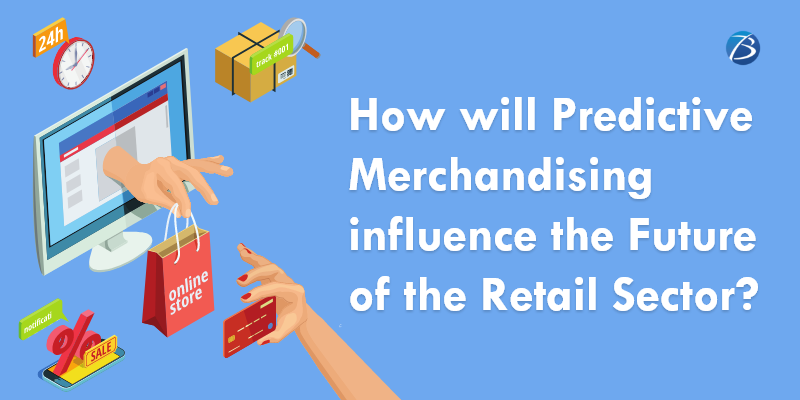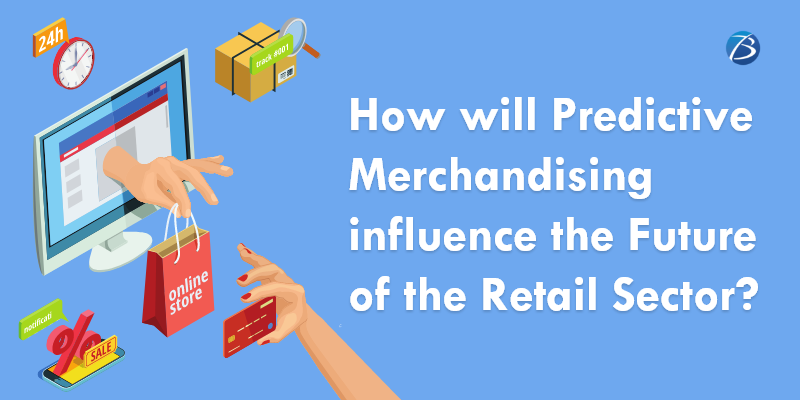
The growing consumer awareness has considerably changed the dynamics of the retail sector. The demographics have shifted towards convenience in shopping. Consumers look forward to getting some specific products with the convenience of access at a faster pace. The flourishing e-commerce culture has also pushed the retail sector under a lot of pressure. With margins being stressed from every end, the stakeholders are finding ways to enhance their efficiency. The retailers are bearing high costs in maintaining an eCommerce supply chain and obtaining raw materials. The steep rise in the competition is also raising difficulties for the retail sector.
The retail sector needs to adapt to the changing consumer preferences and behavior to survive in the growing competition. The demand for personalized service has compelled retailers to pursue technology and automation to enhance their efficiency. Research suggests that retailers can automate half of the activities in the retail sector. Here automation is not about killing jobs but innovating use cases in the retail sector and generating new jobs. The stakeholders have already started investing in technological innovations in their supply chain and processes. More than 40 percent of the executives in the retail and consumer sector have confirmed that their companies have started with intelligent automation. Here Artificial Intelligence (AI) is infused into the program, making them capable of making estimations and recommendations. They can further take autonomous decisions and keep updating the algorithm. This forms the basis of predictive merchandising. Retail brands are connecting with offshore software development companies to develop intelligent technologies.
What Is Predictive Merchandising
Predictive merchandising is using advanced technologies and data science techniques to accurately forecast outcomes and solve different challenges to the retail business. The prediction uses varied data and analytics to gain deeper insights into consumer behavior. The accurate predictions help the retailer in maintaining the right balance between demand and supply.
AI-Powered Predictive merchandising is expected to grow in the retail sector in the coming years as the most promising segment. It is expected to amount to 19.9 billion by the year 2027.
What To Expect From Intelligent Automation?
Using AI in machines enhances their performance and makes them capable of reasoning, learning, analyzing, and decision-making. The aim is to reduce human errors and make predictive decisions to boost the performance of any retail entity. Stocking the right product will have a direct impact on sales and profits. The expectations can be primarily divided into four categories.
- User engagement: External touch points can be created to enhance user engagement.
- Learning: Intelligent machines should continuously conduct analytics using varied data sources, learn the new developments and give effective suggestions.
- Logical and data-based reasoning: The intelligent machines should be capable of taking autonomous decisions
- Task automation: Most of the manual tasks should be automated and performed intelligently
AI has evolved as an integral part of any machinery system in different aspects such as assessing needs and processing data.
Predictive models are created and applied across the supply chain to make difference across three different important aspects of any retail business.
1. Inventory and warehouse management
AI improves demand forecasting by gathering insights from different types of data, consumer feedback, marketplace, and analytical tools. The gathered insights can be used to forecast the demand and procure a significant quantity of the right commodity to avoid shortage or wastage of any commodity.
2. Personalized shopping experience
Advanced CRMs and machines analyze customer behavior, draw patterns, and help in creating a personalized retail experience. The consumer data can be utilized in outbound marketing. AI predictions can be used to enhance the digital experience of the user. Retail brands can surface the products in alignment with consumers’ tastes to improve the user experience.
3. Demand forecasting
Mining insights from different sources including the marketplace and competition analysis, AI predictions can be utilized to make proactive changes in procurement strategy, business strategy, marketing, and merchandising. Demand forecasting also helps to improve the planning and sourcing strategies.
Benefits Of Using Predictive AI-Powered Predictive Merchandising

1. Attract customers
The retailers can employ AI to predict the demand and devise cost-effective procurement strategies, putting them in a better position to offer better deals on purchases. The personalized shopping experience also plays a vital role in attracting consumers. The data-driven outbound marketing strategies are set to fuel the growth of any company and capture a larger customer segment.
2. Enhance customer engagement
The predictive analysis in combination with the market insights can help retailers create innovative customer engagement strategies. Merely reacting to the change will help them only adapt to the change. An innovative and proactive approach will help them stay ahead in the market with a compelling user experience.
3. Data-driven insights
Retail operations involve an array of activities in supply chain management, marketing, and distribution. Every aspect can be associated with plentiful data generated every day. Using Artificial Intelligence we can collate the data generated from these disparate sources and analyze it to develop consumer-first strategies.
4. Brand recognition
Consumer-centric strategies, personalized experience, and innovative marketing can help a company create its unique brand identity. In this digital age where every stakeholder is capable of employing disruptive technologies such as Artificial Intelligence (AI) and Machine Learning (ML), exploiting its potential logically and profitably makes a difference.
Moving ahead in 2023, we will witness AI-powered visual intelligence heightening the offerings in predictive merchandising. The visual presentation of products along with Call-to-Action buttons such as ‘Buy Now’ help the retailers attract consumers and collect data regarding customer preferences. Many companies are using image-based data analysis to develop analytics reports helpful in creating brand recognition. AI-powered brand merchandising supplements retailers with authentic user data, helping them stay proactive in surfacing products in demand and make profitable business strategies.
Conclusion
The retailers and brands should harness the logical and analytical power of AI to optimize different supply chain processes and demand forecasting. Intelligent automation can help retailers address the demand hikes and dips without compromising on process and profit. The future in retail is about adopting technology and thinking differently. Technology and design thinking experts are going to become an integral part of the retail sector in future. AI-powered predictive merchandising is making the way to better business performance, higher operational effectiveness, and extensive insights enablement. Intelligent technologies like predictive merchandising that create a next-generation customer experience and business model are soon to become imperative for every retail outlet to thrive in the digitally active economy.





Comments